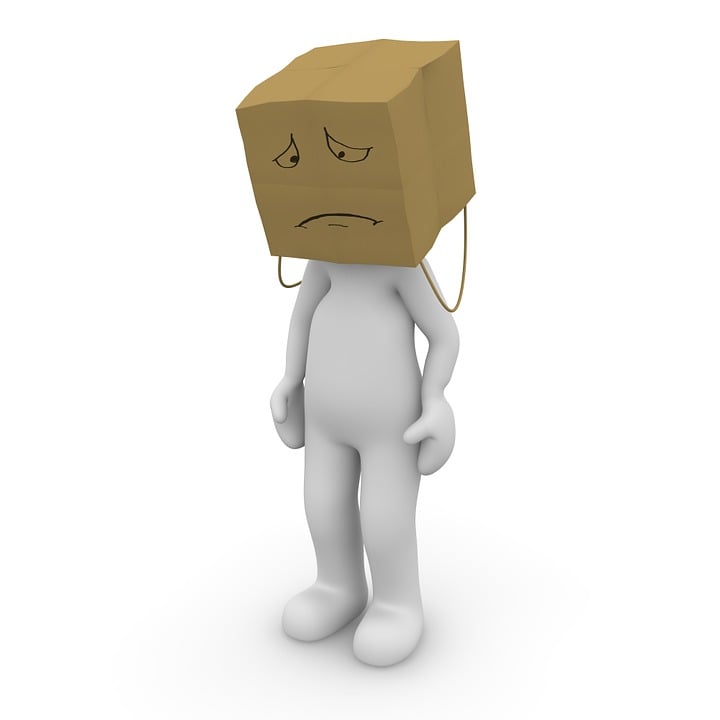05 Jul THE SWAMP OF SHAME

Moss Jackson, PhD
Psychologist and Success Coach
THE RECITAL
When I was around eight years old in second grade I asked my teacher if I could give a piano recital. It was near Thanksgiving and I had been practicing “Over The River and Through the Woods” and “Jingle Bells.” I thought it would be terrific to give a “concert” to all my friends and my teacher. In my school in Brooklyn, we would roll back the wooden walls to open up the auditorium. I stood before all my fellow students from grade one through grade five and announced my recital list. Suddenly, the entire auditorium burst into laughter and wide grins. I felt humiliated because I knew they were laughing and making fun of me. While I played the two pieces, tears streamed down my face. I felt what Linda Graham calls the “Swamp of Shame.”
MY TEACHER TRIES TO HELP
Afterwards, I asked my teacher why everyone laughed at me. She put an arm around me and gave me a slight squeeze. She pointed out that I had a speech impediment and that was why I was going for speech therapy. She imitated my mis-articulation of “Xmas” and “Thanksgiving” and it sounded funny. I cracked a slight smile in between my tears while she explained they were not laughing at me, just my funny speech sounds.
Although I still felt hurt, that exchange helped to pull me out of my imminent Shame Swamp and back into some positive regard for myself.
THERE IS SOMETHING WRONG WITH ME
Shame is the deeply uncomfortable experience of thinking that there is something wrong with you: “I’m not good enough” or “smart enough” or “there is something wrong with me.” Even minor shaming experiences can throw a person into the Swamp of Shame. A person can then feel like an outsider to the group and experience a rupture of self and a sense of disconnection. The resulting feeling is of being unlovable or just “bad.” Repeated often and over time, we begin to slip intp what Tara Brach calls a “trance of unworthiness,” experiencing a constant sense of failure rather than competence and mastery, two key roots of resilience.
THE INNER CRITIC
The “Inner Critic” in you takes over and continually bullies you and convinces you to beat yourself up with feelings of unworthiness and social disconnection. These feelings can go deep into a person’s self view and severely limit the development of self-love, social ease and personal resilience. If chronic and not detoxified, shame can eventually wear a person down, reduce immunological health and lead to disease. The Swamp of Shame then drowns our sense of well-being in the world and we suffer deeply from the experience.
HEALING THE SHAME
Going back to my second grade experience, my teacher started the healing process and literally saved me from the swamp. Her embrace, warm smile and affectionate manner were the antidotes I needed to feel connected and valued. She was my Lifeguard who threw me a lifeline.
WHAT’S NEXT
In my next post, I will outline a six step strategy you can use to rescue yourself from shame and to build up your emotional resilience. In the meantime, perhaps you can recall a shameful experience you have had either in the past or recently. See if you can identify your internal bully or critic and what it has to say about an experience as it tries to pull you into the “Swamp of Shame.”
If you would like to receive future posts on Navigating for Success just sign up below. And if you want a copy of my recent book on the Psychology of Immortality, click to order your copy from Amazon.

